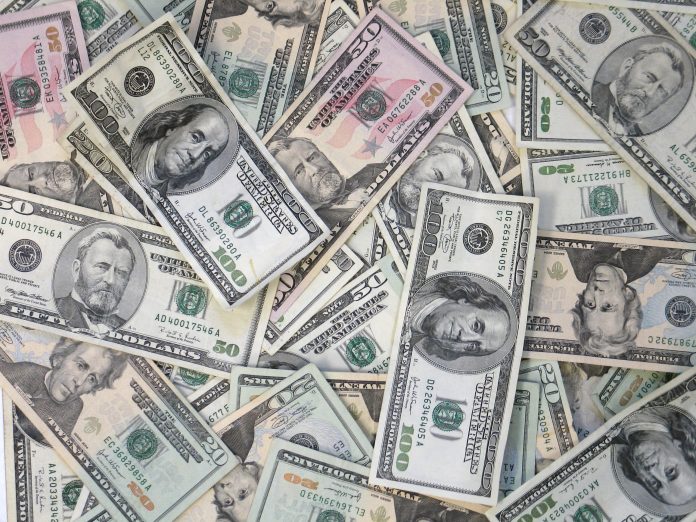In recent years, alternative payment systems have been making rapid progress, especially with the advent of mobile phones. Mobile payment methods are becoming more and more popular because they allow people to send money instantly without having physical cash or credit cards. Here is more about zelle technology behind the amazing zelle efficiency.
What is Zelle
Zelle is a mobile app that allows users to send and receive money from friends, family members, and other contacts. It was developed by Early Warning Services (EWS) to help improve the way people send and receive money, particularly those who are unbanked or underbanked. Zelle is available as a free download on both iOS and Android devices.
The idea behind Zelle is that it can be used as an alternative to traditional bank transfers between individuals. Instead of going to the bank to make a deposit or withdraw cash, you can use Zelle to send money to another person’s bank account or prepaid card instantly no matter where they are located.
Is it safe and secure to use Zelle
Zelle is safe and secure because it uses bank-grade security measures to protect your personal information at all times during every transaction. All transactions are encrypted with 128-bit SSL encryption technology before being sent through the network for processing. The company also uses tokenization technology when storing your information on its servers so it can’t be stolen if hackers were to access them.
Zelle makes money from fees
Zelle is a free service for people sending money to family and friends. The company says it doesn’t charge fees for most transactions, but there are some exceptions. If you’re sending money through Zelle to another bank, you may pay a fee of 25 cents. If you’re sending money through Zelle to a credit union or community bank, there’s no fee.
If you’re sending money from an account that has been opened for less than 90 days and don’t have enough funds in the account, Zelle will charge a fee of $4.99 for the transfer even if it’s going to another person’s bank account.
Banks pay a fee to use the service
Zelle is owned by Early Warning Services, a subsidiary of the Bank of America. The service is not a bank itself, but it partners with many banks and credit unions to offer their customers an easy way to send and receive money instantly through their smartphone or computer. Zelle currently has more than 90 partners, including Bank of America, Wells Fargo, Chase and Capital One.
If you don’t have one of those banks, you can send money through Zelle by using your debit card or account information to send money to someone else who does. The company makes money by charging banks a fee for using its service. It also makes money when users add cash to their accounts before sending a payment through Zelle.
Zelle makes money off of interest
Zelle has partnered with banks and credit unions to create a new payments network. The way it works is that you have a Zelle account, which is like a bank account, but it’s not actually a bank account.
Zelle accounts are linked to your checking account or debit card at your bank or credit union. When you send money using Zelle, you’re sending the money from your bank account to someone else’s bank account, so there’s no fee for sending money.
But when you receive money sent through Zelle, there is a small fee attached to each transaction usually between 1% and 3%. This means that if you receive $100 from someone else through Zelle, there will be $1-$3 taken out of your account by the sender’s bank (depending on how much they want to charge).
Zelle can also make money off of data analytics
The company could sell information about spending habits, for example, to retailers who want to know where potential customers are located and what they’re buying. Zelle will also be able to offer credit card companies access to its network, which would allow banks to scale up their services in areas where Zelle is popular.
This revenue stream might not generate much revenue right now but could be a big deal over time as more people use Zelle and other payment apps like it. Zelle is owned by Early Warning Services, a company that provides financial services to banks and credit unions. As with any platform that charges for transactions, Zelle has to make money somehow. Zelle can also make money off of data analytics.
It claims to have more than 90 million users in the United States, who have made over $27 billion in payments through the app since its launch in 2017. That’s a lot of data on where people are spending their money and when they use it. This information can be used by advertisers to target specific demographics with ads or other marketing efforts.
Conclusion
If you’re wondering how Zelle makes money, there’s good news: it will generate revenue in multiple ways. First, and perhaps most importantly, it allows for direct transfers from bank to bank, which is advantageous for consumers who might not want to go through the hassle of setting up a new account with a money transfer service. Second, Zelle will likely see some spillover from P2P services like Venmo, where consumers might send someone else money over the network for free, only to use Zelle for their own transactions. Finally, Zelle could potentially generate some income by offering a credit feature somewhat akin to Square Cash and PayPal Credit.



 Bitcoin
Bitcoin  Ethereum
Ethereum  Tether
Tether  XRP
XRP  Solana
Solana  USDC
USDC  TRON
TRON  Cardano
Cardano  Lido Staked Ether
Lido Staked Ether  Avalanche
Avalanche  Toncoin
Toncoin